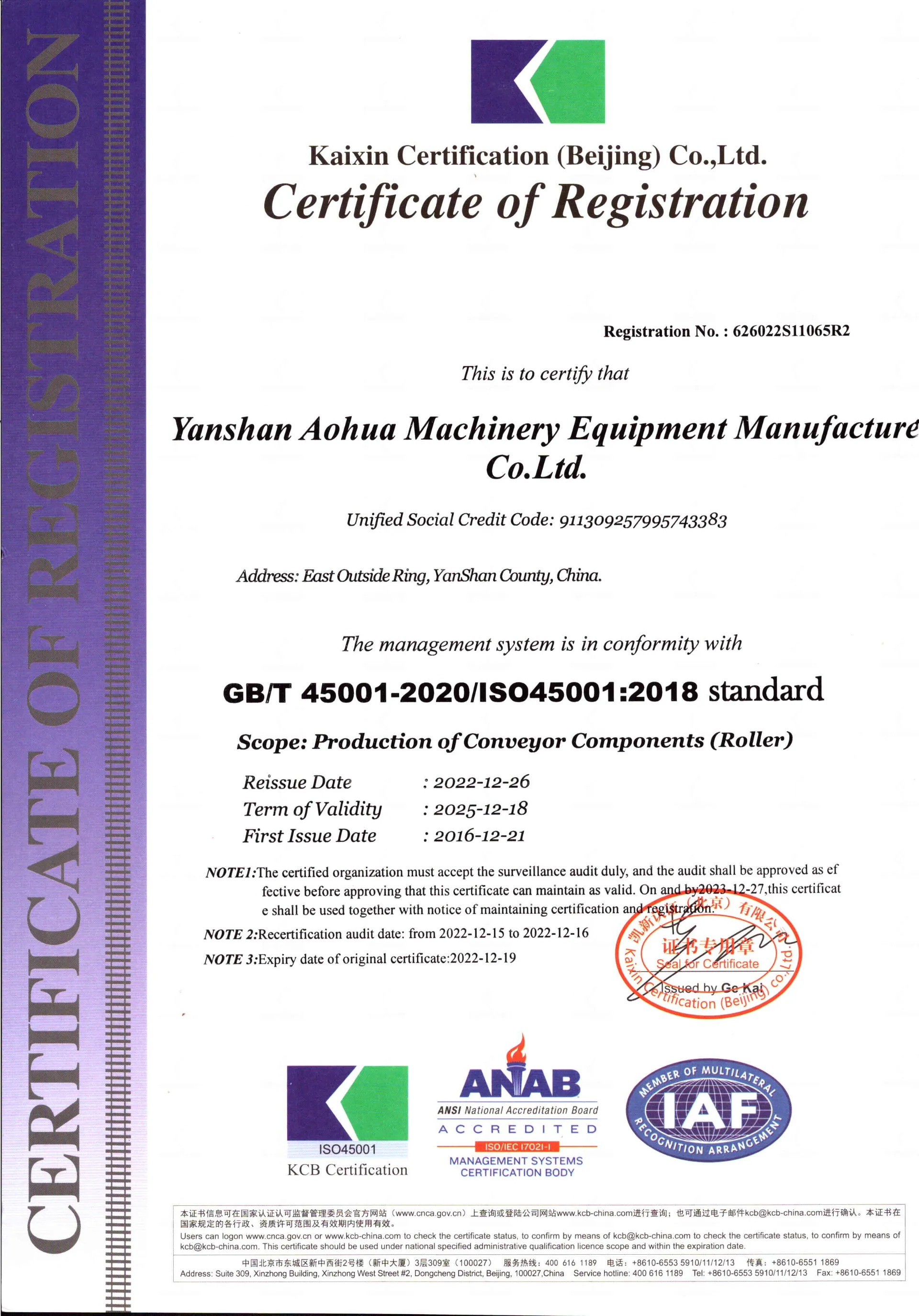 Afrikaans
Afrikaans  Albanian
Albanian  Amharic
Amharic  Arabic
Arabic  Armenian
Armenian  Azerbaijani
Azerbaijani  Basque
Basque  Belarusian
Belarusian  Bengali
Bengali  Bosnian
Bosnian  Bulgarian
Bulgarian  Catalan
Catalan  Cebuano
Cebuano  Corsican
Corsican  Croatian
Croatian  Czech
Czech  Danish
Danish  Dutch
Dutch  English
English  Esperanto
Esperanto  Estonian
Estonian  Finnish
Finnish  French
French  Frisian
Frisian  Galician
Galician  Georgian
Georgian  German
German  Greek
Greek  Gujarati
Gujarati  Haitian Creole
Haitian Creole  hausa
hausa  hawaiian
hawaiian  Hebrew
Hebrew  Hindi
Hindi  Miao
Miao  Hungarian
Hungarian  Icelandic
Icelandic  igbo
igbo  Indonesian
Indonesian  irish
irish  Italian
Italian  Japanese
Japanese  Javanese
Javanese  Kannada
Kannada  kazakh
kazakh  Khmer
Khmer  Rwandese
Rwandese  Korean
Korean  Kurdish
Kurdish  Kyrgyz
Kyrgyz  Lao
Lao  Latin
Latin  Latvian
Latvian  Lithuanian
Lithuanian  Luxembourgish
Luxembourgish  Macedonian
Macedonian  Malgashi
Malgashi  Malay
Malay  Malayalam
Malayalam  Maltese
Maltese  Maori
Maori  Marathi
Marathi  Mongolian
Mongolian  Myanmar
Myanmar  Nepali
Nepali  Norwegian
Norwegian  Norwegian
Norwegian  Occitan
Occitan  Pashto
Pashto  Persian
Persian  Polish
Polish  Portuguese
Portuguese  Punjabi
Punjabi  Romanian
Romanian  Russian
Russian  Samoan
Samoan  Scottish Gaelic
Scottish Gaelic  Serbian
Serbian  Sesotho
Sesotho  Shona
Shona  Sindhi
Sindhi  Sinhala
Sinhala  Slovak
Slovak  Slovenian
Slovenian  Somali
Somali  Spanish
Spanish  Sundanese
Sundanese  Swahili
Swahili  Swedish
Swedish  Tagalog
Tagalog  Tajik
Tajik  Tamil
Tamil  Tatar
Tatar  Telugu
Telugu  Thai
Thai  Turkish
Turkish  Turkmen
Turkmen  Ukrainian
Ukrainian  Urdu
Urdu  Uighur
Uighur  Uzbek
Uzbek  Vietnamese
Vietnamese  Welsh
Welsh  Bantu
Bantu  Yiddish
Yiddish  Yoruba
Yoruba  Zulu
Zulu drum pulley
Understanding Drum Pulleys An Essential Component for Various Industries
Drum pulleys play a pivotal role in numerous industrial applications, serving as critical components for conveying systems, hoisting mechanisms, and many other mechanical assemblies. This article delves into the basics of drum pulleys, their various types, functions, and their relevance across different sectors.
What is a Drum Pulley?
A drum pulley is a cylindrical device that mainly functions to transmit energy and motion through a belt or cable. It consists of a circular body around which a belt wraps, and it is typically mounted on a shaft that can rotate. The primary purpose of the drum pulley is to redirect the force exerted by the belt or rope, allowing for efficient power transfer between components in a machinery system.
Types of Drum Pulleys
1. Drive Pulleys These are connected to the power source and function to drive the belt, transferring energy from the motor to the load. Drive pulleys are commonly found in conveyor systems where materials are moved over a distance.
2. Driven Pulleys Unlike drive pulleys, these receive the energy from the belt and are attached to the load. In a simple conveyor system, the driven pulley would be at the opposite end from the drive pulley, where materials are discharged.
3. Tail Pulleys These are equipped at the end of a conveyor belt system, functioning primarily to guide the belt and maintain tension. Tail pulleys also play a vital role in returning the conveyor belt back to the drive pulley.
4. Take-Up Pulleys Used to adjust the tension in the conveyor belt, take-up pulleys are essential in maintaining optimal belt operation. Their role is crucial in preventing slippage and ensuring smooth movement along the conveyors.
Applications of Drum Pulleys
drum pulley

Drum pulleys are widely used in several industries
- Mining In the mining sector, drum pulleys are crucial for transporting material from the mining site to processing facilities. The robust construction of these pulleys ensures their ability to handle heavy loads and harsh conditions.
- Construction Construction sites utilize drum pulleys in cranes and hoisting equipment, enabling the lifting of heavy materials with precision and safety.
- Manufacturing Conveyor belts are integral to many manufacturing processes, and drum pulleys are vital in these setups. They enhance efficiency by ensuring smooth and consistent movement of products through various processing stages.
- Logistics In warehouses and distribution centers, drum pulleys enable conveyor systems that move packages quickly and efficiently, facilitating the logistics chain.
Advantages of Using Drum Pulleys
The advantages of drum pulleys include their durability, efficiency in power transmission, and effectiveness in maintaining belt tension. Their design allows for easy installation and maintenance, which is crucial for minimizing downtime in industrial operations. Additionally, the adaptability of drum pulleys to various sizes and load capacities makes them versatile components in different machinery.
Conclusion
In conclusion, drum pulleys are an essential component in a myriad of industrial operations. Their ability to transmit motion and power effectively makes them indispensable in enhancing productivity across various sectors. Understanding the types and functions of drum pulleys can help industries choose the right components for their specific needs, ensuring efficient operations and the longevity of their machinery. Whether in mining, construction, manufacturing, or logistics, drum pulleys continue to be a key player in the performance of modern machinery.
-
Revolutionizing Conveyor Reliability with Advanced Rubber Lagging PulleysNewsJul.22,2025
-
Powering Precision and Durability with Expert Manufacturers of Conveyor ComponentsNewsJul.22,2025
-
Optimizing Conveyor Systems with Advanced Conveyor AccessoriesNewsJul.22,2025
-
Maximize Conveyor Efficiency with Quality Conveyor Idler PulleysNewsJul.22,2025
-
Future-Proof Your Conveyor System with High-Performance Polyurethane RollerNewsJul.22,2025
-
Driving Efficiency Forward with Quality Idlers and RollersNewsJul.22,2025





























